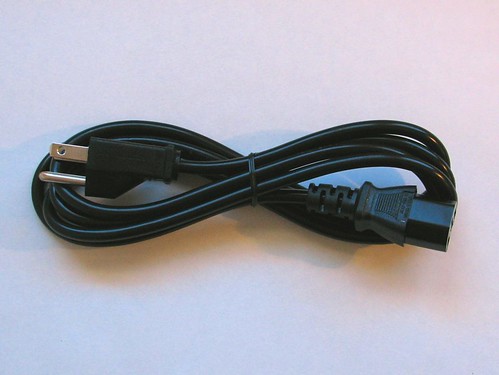Anyone who's ever been a Boyscout will tell you their motto is Always be prepared. Their motto isn't just for them, it's applicable to everyone, in just about every aspect of your life. Planning ahead of time helps reduce problems during an event and when mishaps, accidents and problems arise, you'll have everything you need ready to deal with them.
Take note here, we don't want problems to happen, but there is no way to avoid unforeseen issues which are bound to happen. Photo shoots, especially involving people, can be very strenuous and when the photographer is stressed out, it tends to bring the whole mood down. This is true from your hometown baby portrait photographer to a high end wedding photographer to a commercial photographer and even weekend warriors who like to go out and take landscape pictures.
So, always be prepared, what does that mean exactly? How should you be planning on what to bring? The better question to ask yourself is, how do you envision the shoot going and what mishaps could potentially happen? For the sake of this article, let's examine an on-location portrait shoot in someone's home.
You've met with the client, they like your work and they hire you to take their family portraits in their home and some more casual, candid shots during a Sunday dinner. They've requested the family portrait to be done in the family room and would like at least one standing photo in front of the fireplace and mantle and another with the family seated on a large couch, with other family members standing behind and sitting in front. The rest they are leaving up to you.
In this situation, you can pretty much assume you'll need to bring off camera flashes or strobes with you. If you're using speedlights, bring enough batteries with you to change them out at least twice. For strobes, plan on packing two more extension cords then you have strobes, one being at least 50′ in length, a power strip and a 3 prong to 2 prong converter because some older homes don't always have 3-prong outlets available. If you plan on using two lights, pack at lest 4 extension cords, one could go bad or not work or you may need to double them up to get enough distance from the outlet to the location.
Speaking of off camera flashes and strobes, don't assume the home has ceilings higher then 9′ in it, unless you've already verified this. What this means for you is the 8′ softbox you love to use in your studio probably won't fit. Take at least shoot-through umbrellas and your smaller soft boxes with you.
Test and recheck everything in your camera bag, from the camera itself, the focusing of the lenses, that your radio transmitter and receiver work, and that you have it all ready to go.
In the home, you already have the two requested shots and they should be mentally stuck in your head or in your notebook, but they are somewhat vague still. Plan on engaging the client with several ideas that you need to come up with before you show up with for the shoot. For the photo in front of the fireplace and mantle will you have all the men on one side and all the women on the other? How about oldest to youngest starting from the center working out. These are all considerations you must plan prior to showing up, and it's a good idea to keep a notebook of shot ideas handy for reference.
Sometimes being prepared isn't just about taking photographs, it's about how the photographs will look. Keeping a lint roller and small sewing kit on hand will make your shoots go much faster and leave less post production for you in the end.
The same amount of planning holds true for wildlife and landscape photographers who like to trek out on the weekends. If you plan on hiking several miles into the woods or swampland or desert, what will you do if it rains? Have you thought to bring the proper corrective filters with you? Is your bag comfortable enough to carry your equipment for a several mile hike?
Being prepared and planning out your shoots prior to them even starting will make the actual task of photographing much more enjoyable. You will have equipment failures, problems with hair and makeup, fidgety clients and environmental considerations that just seem to spring up. Plan for them so when they happen, you are ready to react and continue onward.








3 Comments
I get the planning ahead, the notebook, and being prepared, but what does the lint roller have to do with anything? Or the sewing kit? I was thinking there was more to the article.
or as my Dad is fond of saying, remember the Six Ps, Prior Planning Prevents Piss Poor Performance………
if you have an iphone/ipod, check out the Shoot Planner app